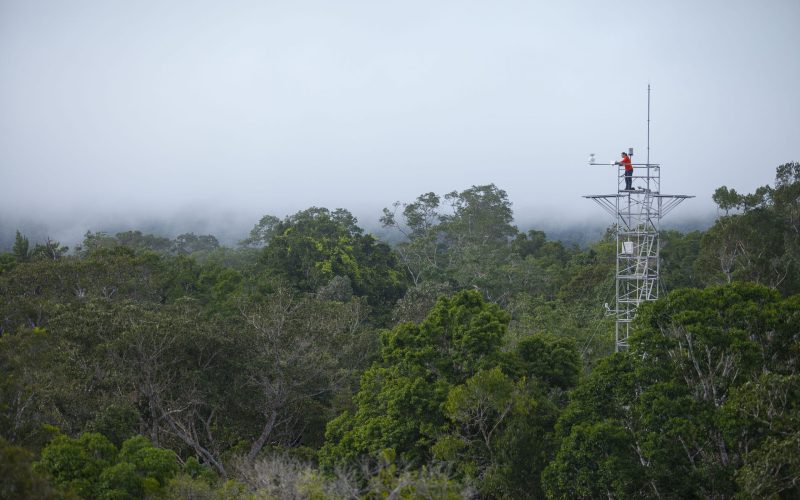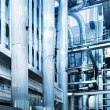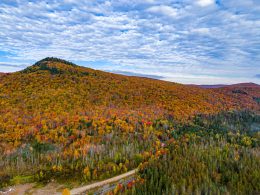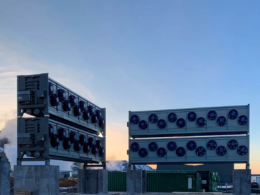In the heart of Brazil’s Amazon rainforest, scientists are running a groundbreaking experiment to simulate the atmosphere of the future — testing how the world’s largest tropical forest might respond to rising carbon dioxide levels and climate change.
At the AmazonFACE project, located near Manaus, six towering steel rings rise above the jungle canopy, encircling groups of 50 to 70 mature trees. The facility, led by Brazil’s National Institute for Amazon Research (INPA) and Universidade Estadual de Campinas, is being hailed as a “time machine” for the planet.
Researchers will expose trees within three of the rings to elevated levels of carbon dioxide that mirror concentrations forecast for the coming decades, while the remaining rings will serve as controls. “We’re trying to create the atmosphere of the future,” said Carlos Quesada, project coordinator at INPA.
The experiment, officially known as Free-Air CO₂ Enrichment (FACE), aims to reveal how rainforest ecosystems react to higher greenhouse gas concentrations — a question that scientists and policymakers hope to explore at COP30, the upcoming United Nations climate summit in Belém, Brazil, from 10 to 21 November.
Preserving the Amazon is seen as crucial to slowing global warming, given its role as one of the planet’s largest carbon sinks. Yet uncertainty persists over whether the rainforest can continue to absorb carbon at current rates as temperatures rise and atmospheric CO₂ increases.
While FACE studies have been conducted in temperate regions such as the United States, AmazonFACE marks the first large-scale experiment of its kind in a tropical rainforest, said forestry engineer Gustavo Carvalho. “This is the first experiment in a natural forest of this size in the tropics,” he noted.
Sensors installed across the site record data every 10 minutes, tracking how tree canopies absorb carbon dioxide and release oxygen and water vapour under changing weather conditions. Future stages will introduce controlled “microclimates” to simulate CO₂ levels projected for 2050 and 2060, allowing scientists to observe long-term ecological responses.
“If a model predicts a certain level of carbon dioxide in 2050 or 2060, then we’ll increase it in these plots to understand how the forest responds,” said Carvalho. “We’ll have a small piece of the forest that lets us walk into the future.”
The AmazonFACE initiative, supported by the Brazilian and UK governments, is expected to offer vital insights into how the Amazon may adapt — or struggle — as the planet’s climate continues to change.





















